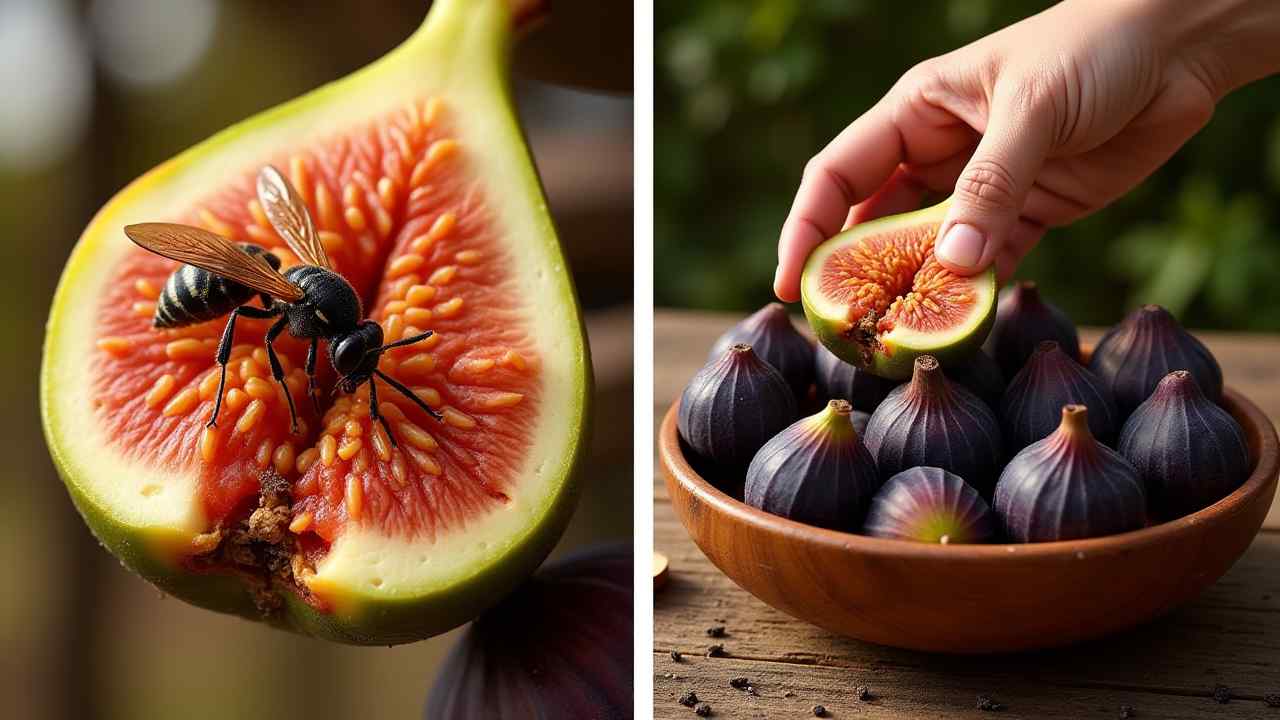
🤔 Are Figs Vegan? The Surprising Truth About Fig Wasps
🤔 Are Figs Vegan? The Surprising Truth About Fig Wasps 🤔
Figs are a delicious and luscious fruit. They are a true treat, especially in late summer and autumn. The rich, dark Bursa Black fig from Türkiye, for example, is famous for its incredible flavor. But for those on a vegan diet, a common and surprising question often arises: are figs vegan?
This question has become a classic debate within the vegan community. The controversy stems from the unique and fascinating relationship that figs have with a tiny insect. This is the fig wasp. It is a story of a natural, symbiotic partnership.
This guide will explain this process. We will look at the science and the ethics. We will provide a clear answer to this complicated question. Let's get to the bottom of this fruity mystery. ✅
🐝 What is the Controversy About? (The Fig Wasp Story)
The entire debate about whether figs are vegan comes down to their pollination. Some types of figs have a special relationship with the fig wasp. This process is called mutualism, where both species benefit. But it has a grim ending for the wasp.
Here is what happens. A female fig wasp, carrying pollen, needs to lay her eggs. She crawls into the small opening of an immature fig. The opening is so tight that her wings and antennae break off. She lays her eggs inside and then dies.
Her eggs hatch, and the new wasps mate. The new female wasps then collect pollen from inside the fig. They fly out to find a new fig to lay their own eggs in, continuing the cycle. The fact that a wasp dies inside the fig is what causes the debate.
So, Are You Eating a Wasp When You Eat a Fig?
This is the most important part of the question. And the scientific answer is a clear no. You are not eating a crunchy wasp when you bite into a ripe fig. The fruit has a very clever way of dealing with the dead wasp.
Figs produce a powerful enzyme called ficin. This enzyme is very effective at breaking down protein. The ficin completely digests the wasp's body. It breaks it down into simple proteins. The fig then absorbs these nutrients.
By the time a fig is ripe and ready to eat, there is absolutely no trace of the wasp left. It has been completely recycled and has become a part of the fruit itself. So, are you eating a bug? No, you are just eating a fig.
🌱 What Do Most Vegans and Vegan Organizations Say?
The overwhelming consensus in the vegan community is that figs are vegan. While the story of the wasp is fascinating, it does not violate the core principles of veganism for a few key reasons.
First, this is a natural, symbiotic process. It is not a system of human exploitation or farming of animals. This is a crucial distinction. Veganism is a stance against animal exploitation by humans.
Second, many vegans argue that avoiding figs is beyond the scope of what is "possible and practicable." Many insects are unintentionally killed in the process of harvesting almost all plant crops. This natural cycle is not something that needs to be avoided.
⭐ Do All Figs Even Need a Wasp?
Here is another important fact. Many, and perhaps most, of the figs you buy in the store have never had a wasp inside them at all. This is because many common commercial varieties are self-pollinating.
These are called "parthenocarpic" figs. They can develop and ripen their fruit without any pollination. Many popular varieties, including some types of the Brown Turkey fig (which the Bursa Black fig is related to), are self-pollinating. So, the are figs vegan debate is often a moot point for the fruit you are buying.
So, go ahead and enjoy that delicious, seasonal fig. It is a healthy, natural, and wonderfully vegan treat. 🌿